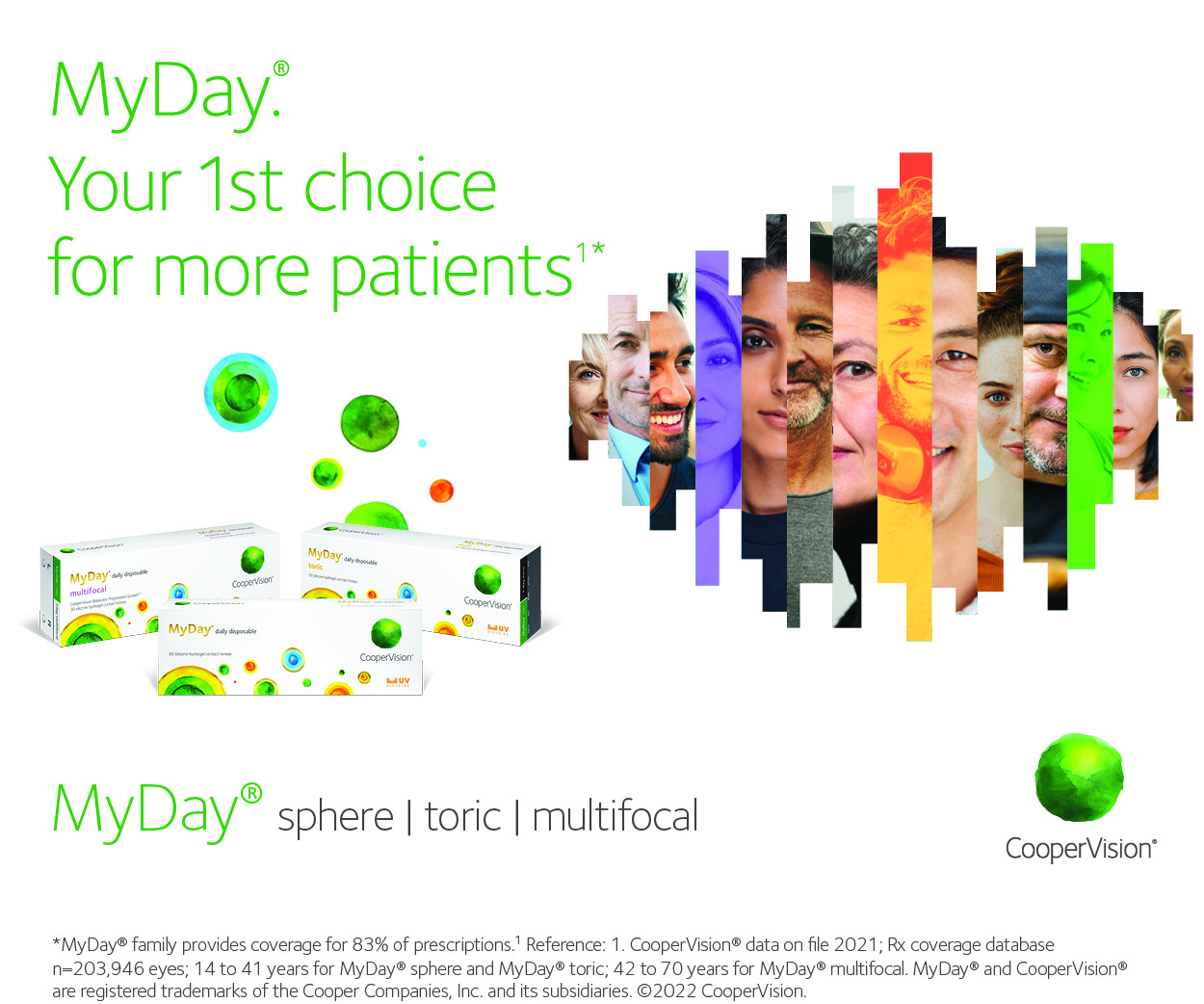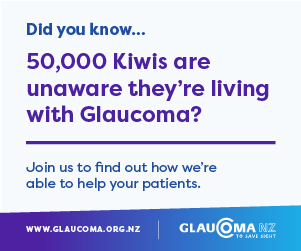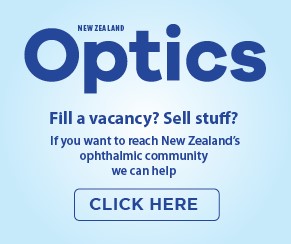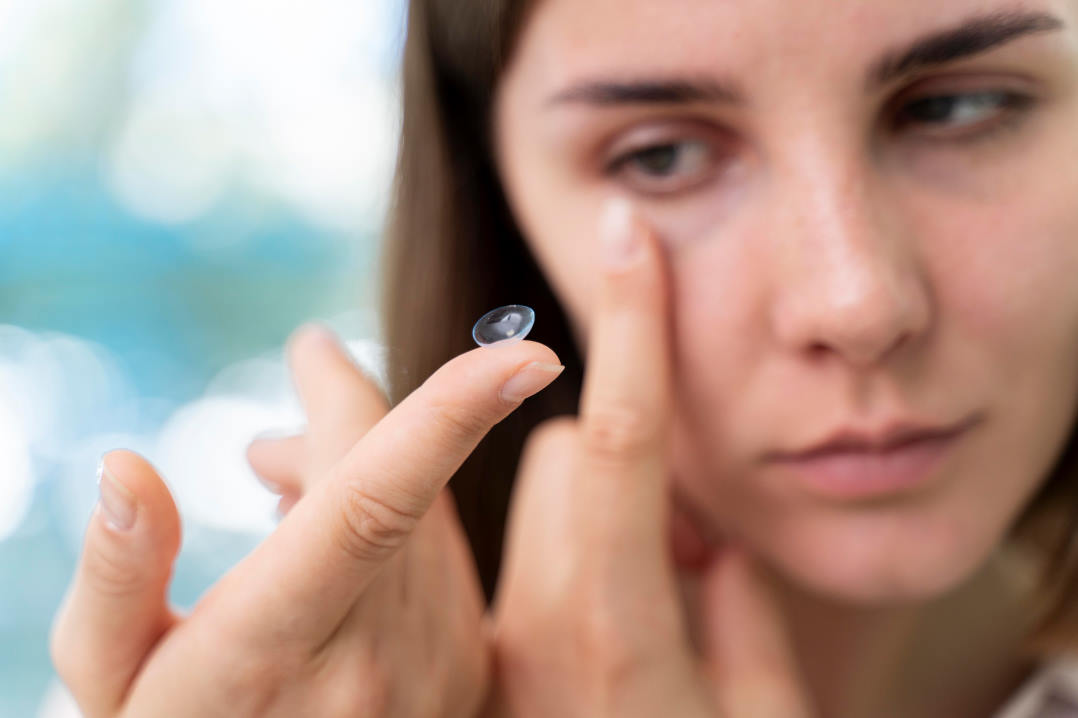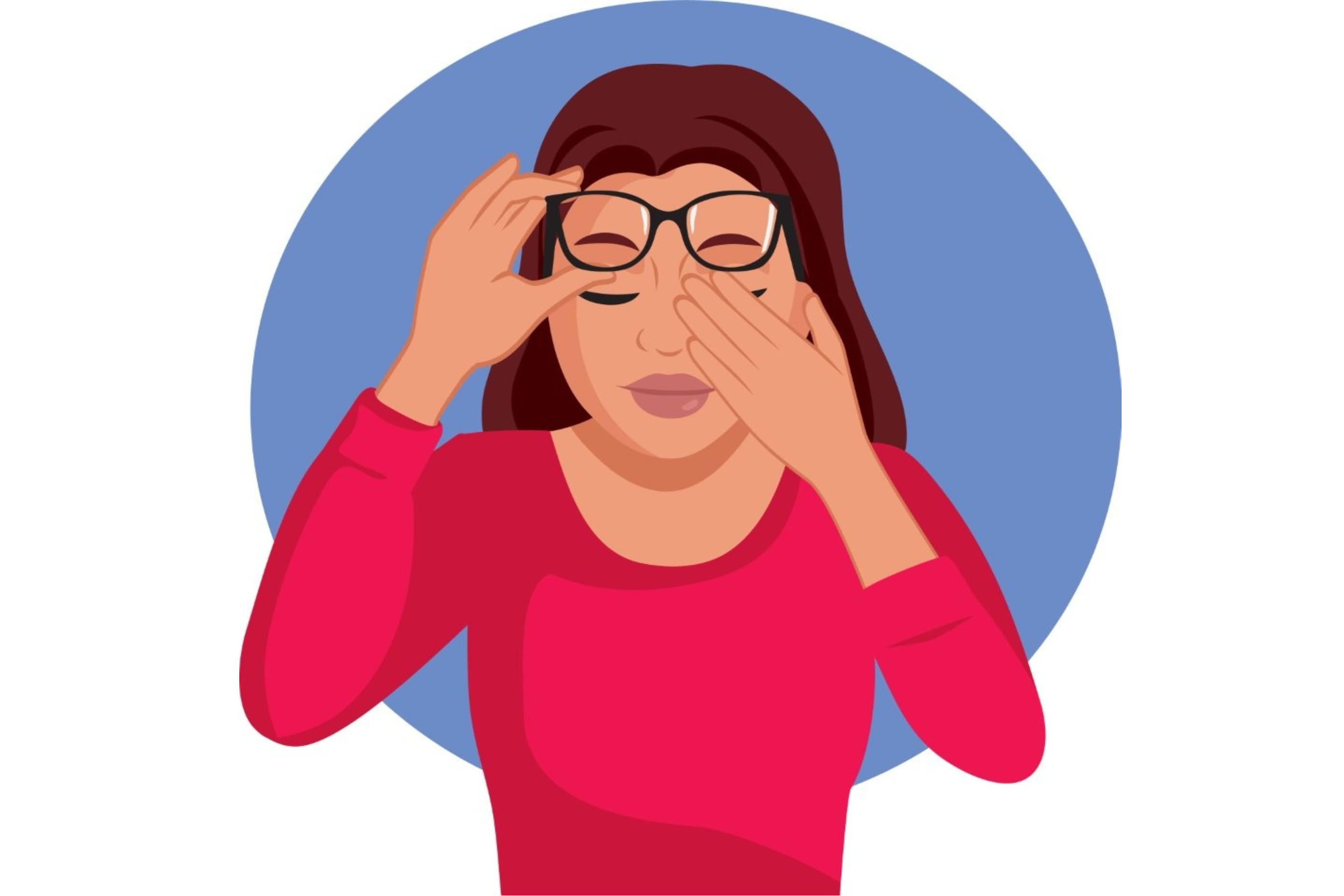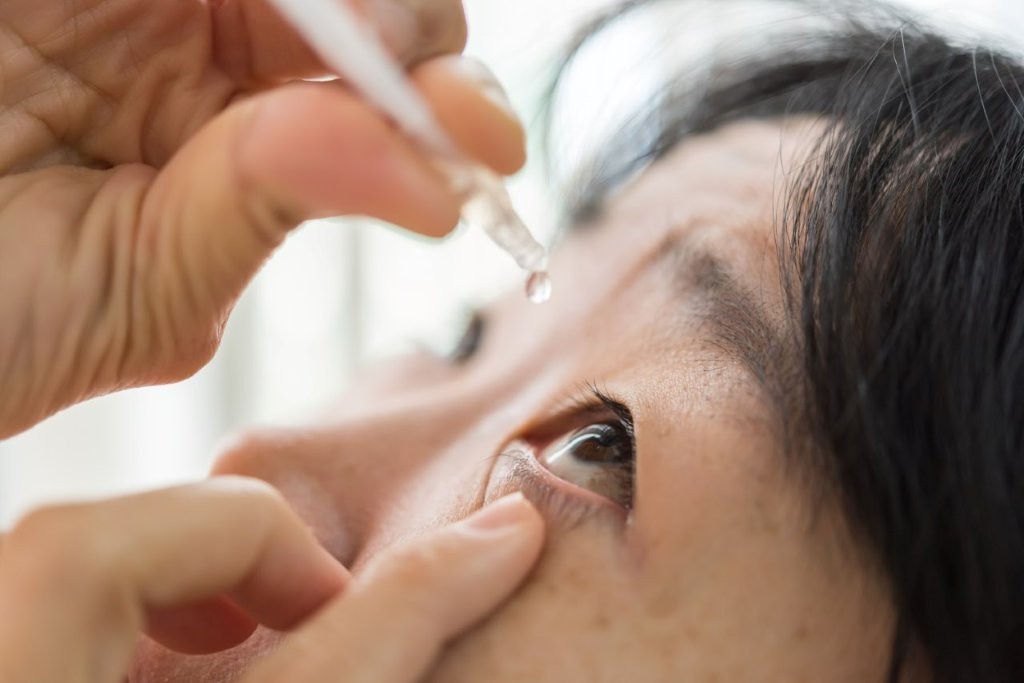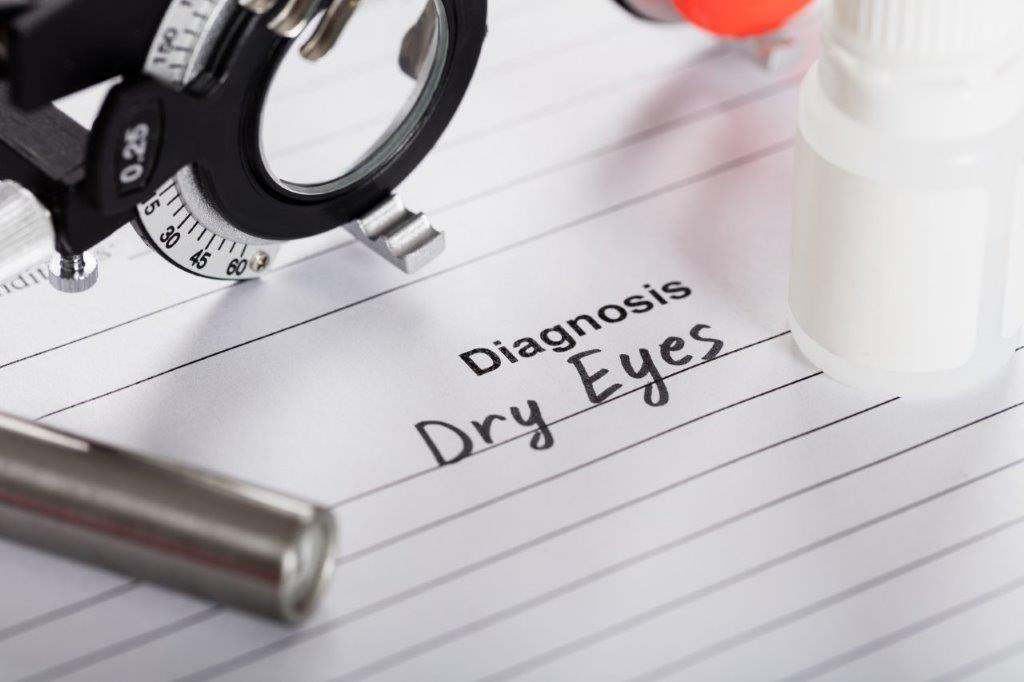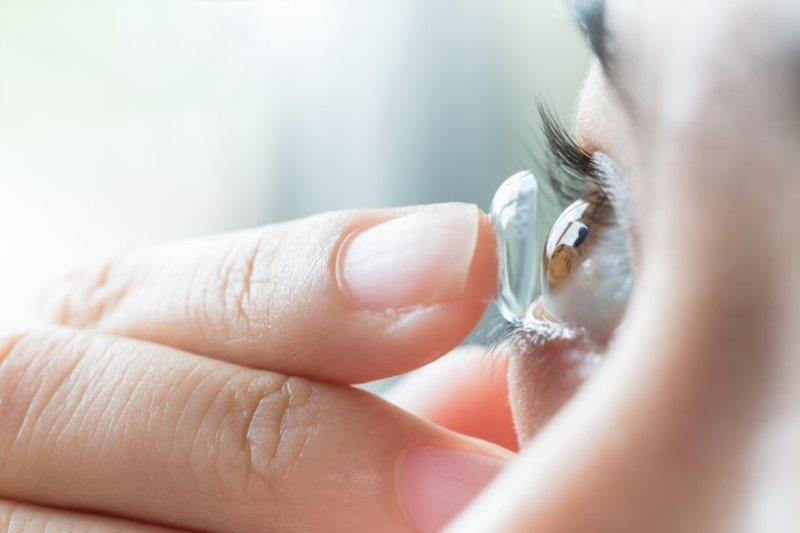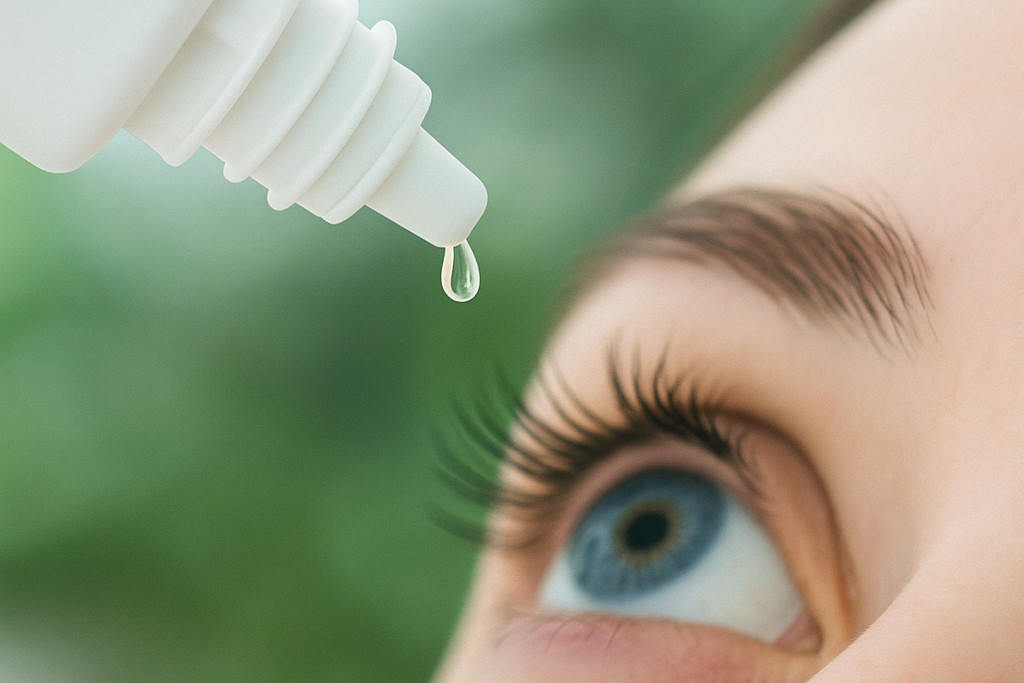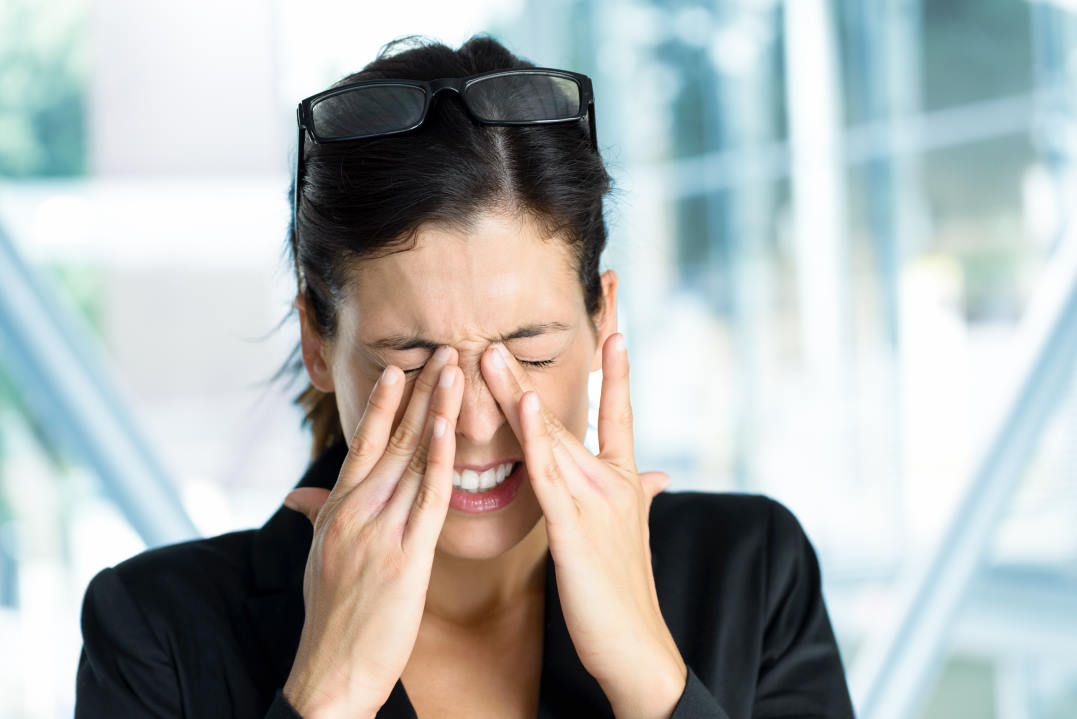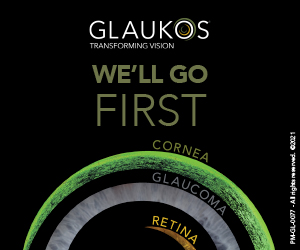Clinical patterns in diagnosis and management of DED a TFOS international survey
Researchers Professor Jennifer Craig and Dr Michael Wang at the Ocular Surface Laboratory, along with University of Auckland Visiting Professor James Wolffsohn, other international collaborators, and TFOS ambassadors, conducted and analysed one of the largest global surveys on the current clinical patterns in diagnosing1 and managing2,3 dry eye disease (DED). The survey was translated into 14 languages and administered from 2018–2019, just after TFOS DEWS II was published, and again in 2023–2024.
Over 1,100 eyecare practitioners (ECPs) from over 50 countries completed the first survey2 and over 900 ECPs, the second3. Professional representation was similar for both (approximately 55% optometrists and 40% ophthalmologists), with the recent survey showing differences in management strategies specific to DED subtype according to the TFOS DEWS II sub-classification criteria. For aqueous-deficient DED, common management strategies included punctal occlusion, therapeutic contact lenses and secretagogues, while nutritional supplements, such as oral essential fatty acids, plus topical lipid-containing products, lid hygiene and lid warming were preferred strategies for evaporative DED. In less severe DED, the most common management strategies were low (82%) and high (81%) viscosity non-preserved lubricating eye drops and lid wipes/scrubs, while biologics and surgical approaches tended to be reserved for more severe DED. Similar numbers of practitioners prescribed advice and anti-inflammatories regardless of DED subtype. Topical anti-inflammatories/immunomodulators were used for DED of lower severity in Asia/Middle East and North America than in Europe and Australasia.
Changes in strategies over the five-year period since publication of TFOS DEWS II were found to be modest, reflecting the well-recognised time lag between publication of research evidence to reach clinical practice4. Changes included more common use of unpreserved viscosity lubricants over ointments and of lipid-containing lubricants. General lid wipes/scrubs remain more commonly recommended than anti-Demodex products, although patient-applied anti-Demodex wipes were more commonly prescribed than in-office anti-Demodex therapy. Reassuringly, commercially available warm lid compresses/face masks are now recommended by more practitioners than home-made alternatives (eg. hot flannels). In-office therapeutic meibomian gland expression is more common than lid debridement as a lid hygiene strategy and intense pulsed light therapy is more widely applied than thermal pulsation therapy.
Trends were similarly assessed in diagnostic practices between the 2018–2019 and 2023–2024 surveys. The primary tests used for the diagnosis for DED in 2024 remained similar to those used in 2019 and included symptoms, fluorescein-assisted (invasive) tear breakup time and corneal staining. The use of validated questionnaires and non-invasive tear breakup time had increased in 2024 compared to 2019, although both tests were considered critical by less than 50% of participants. Lipid layer interferometry and meibography also became more commonly used in 2024.
Overall, the surveys highlight positive trends and a shift towards adopting standardised tools, but significant variability in practice patterns remains. The lack of uniformity reinforces the ongoing need for strong evidence to inform standardised clinical guidelines and the importance of promoting access to clinical education to disseminate latest research findings.
References
1. Craig JP, Wang MTM, Jones L, Semp D, Travé-Huarte S, Wolffsohn JS, TFOS ambassadors. Clinical practice patterns in the diagnosis of dry eye disease. A TFOS International Survey. Presented at the 10th International TFOS Conference, Venice, Italy, November 2024.
2. Wolffsohn JS, Semp DA, Dutta D, Jones L, Craig JP, TFOS ambassadors. Clinical practice patterns in the management of dry eye disease: A TFOS international survey 2023-24. Ocul Surf. 2025;36:164-72.
3. Wolffsohn JS, Travé Huarte S, Jones L, Craig JP, Wang MTM. TFOS ambassadors. Clinical practice patterns in the management of dry eye disease: A TFOS international survey. Ocul Surf. 2021 Jul;21:78-86.
4. Balas EA, Boren SA. Managing Clinical Knowledge for Health Care Improvement. Yearb Med Inform. 2000;(1):65-70.

Dr Kalika Bandamwar is a research fellow with OSL at Auckland University and a fellow of the British Contact Lens Association. Her research interests include dry eye disease, the ocular surface and contact lenses.





